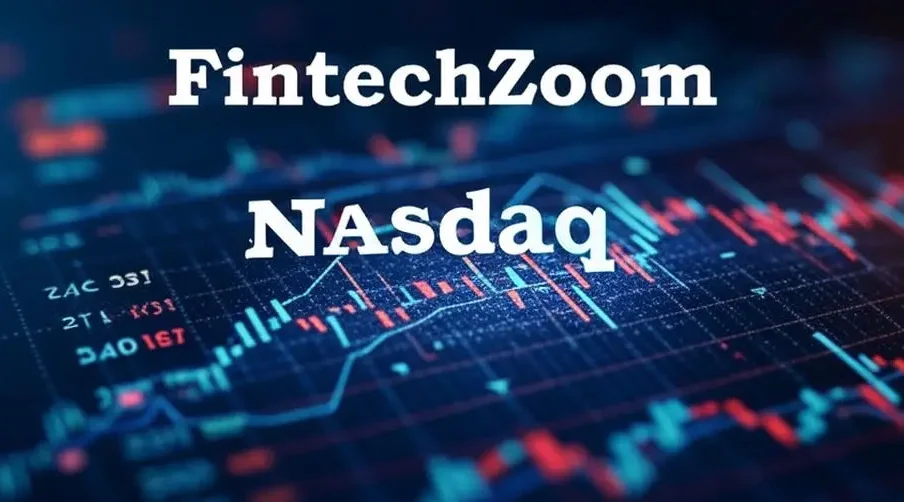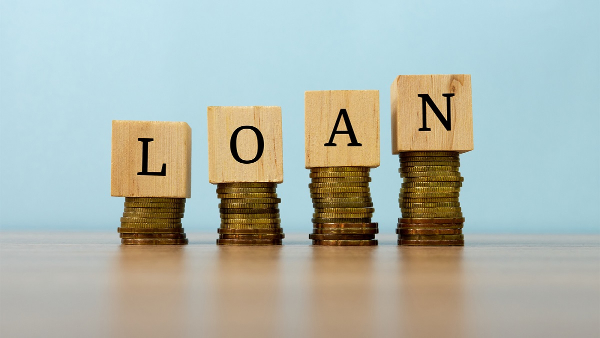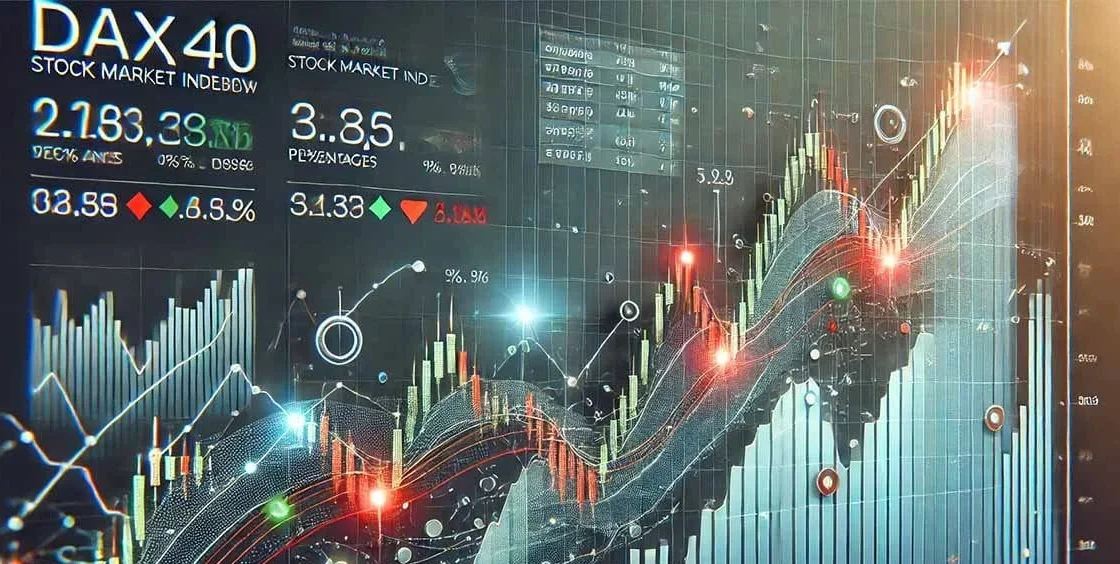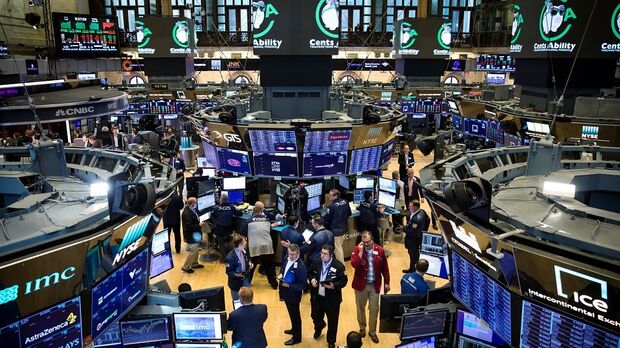Are you curious about the world of trading beyond stocks and bonds? The fintechzoom.com commodities market offers a fascinating area for investors to explore. Commodities are the raw materials that form the foundation of our global economy, from the coffee in your cup to the gold in your jewelry and the oil that powers your car. Understanding how to navigate this market can open up new opportunities for diversifying your portfolio and potentially earning returns.
This guide will walk you through everything you need to know about getting started with commodities on fintechzoom.com. We’ll break down what commodities are, how they are traded, and what factors influence their prices. Whether you are a brand new trader or just looking to expand your financial knowledge, you will find valuable insights here. We will explore the various tools and information available, like the fintechzoom com commodities price data and charts, to help you make informed decisions.
Table of Contents
Key Takeaways
- What Commodities Are: Understand that commodities are basic goods or raw materials, like oil, gold, and wheat, that are standardized and traded on exchanges.
- How Trading Works: Learn about the different ways to trade commodities, including spot markets, futures contracts, and options.
- Using Fintechzoom.com: Discover how fintechzoom.com provides essential resources, including price charts and lists, to track the commodities market.
- Price Influences: Gain insight into the key factors that affect commodity prices, such as supply and demand, global events, and weather patterns.
- Types of Commodities: Differentiate between hard commodities (metals, energy) and soft commodities (agricultural products).
What Are Fintechzoom.com Commodities?
When we talk about fintechzoom.com commodities, we’re referring to the section on the fintechzoom.com website dedicated to providing news, analysis, and data on the commodities market. Commodities are not complex financial products created by banks; they are the fundamental goods and primary agricultural products that are essential to our daily lives. Think of them as the building blocks of global commerce. These items are produced in large quantities by many different sources, which ensures their quality is generally uniform.
A key characteristic of a commodity is its fungibility, which means that one unit of a commodity is interchangeable with another unit of the same type and quality, regardless of its origin. For example, a barrel of crude oil from Texas is considered the same as a barrel of the same grade from Saudi Arabia.
This uniformity is what makes them suitable for trading on major exchanges. Platforms like fintechzoom com help traders stay updated on these markets by providing real-time information and expert analysis on everything from agricultural products to precious metals.
Understanding Hard vs. Soft Commodities
Commodities are often grouped into two main categories: hard and soft. Knowing the difference is important for understanding their unique market dynamics.
Hard Commodities
These are natural resources that need to be mined or extracted from the earth. They are non-perishable and have a long shelf life.
- Metals: This group includes precious metals like gold and silver, which are often seen as safe-haven assets, and industrial metals like copper and aluminum, whose demand is closely tied to economic growth.
- Energy: This category consists of resources like crude oil (both WTI and Brent), natural gas, and gasoline. Energy commodities are vital for transportation and electricity, making them highly sensitive to geopolitical events.
Soft Commodities
These are primarily agricultural products or livestock that are grown or raised. They are typically perishable and susceptible to environmental factors.
- Agriculture: This includes crops such as corn, wheat, soybeans, coffee, cocoa, and sugar. Their prices are heavily influenced by weather, harvests, and consumer demand.
- Livestock: This covers animals raised for food, like cattle and hogs.
The fintechzoom com commodities platform provides detailed coverage on both hard and soft commodities, helping you track the factors that affect each category.
How to Start Trading on Fintechzoom.com Commodities
While fintechzoom.com itself is a financial news and data platform rather than a brokerage, it provides the essential tools and information you need to engage with the commodities market effectively. It equips you with the knowledge to trade through a licensed broker. The primary methods for trading commodities include spot markets, futures contracts, and options.
Trading in Spot Markets
The spot market, also known as the cash market, is where you can buy or sell commodities for immediate delivery. When you trade on the spot market, the transaction happens at the current market price, or the “spot price.” This method is popular among day traders because of its simplicity and the absence of contract expiration dates. Using the fintechzoom com commodities price data, you can monitor live prices and make quick decisions based on current market activity. This direct approach allows traders to react to news and market shifts in real time.
Using Futures Contracts
Futures contracts are one of the most common ways to trade commodities. A futures contract is a standardized legal agreement to buy or sell a specific quantity of a commodity at a predetermined price on a specified date in the future. These contracts are used for two main purposes:
- Hedging: Producers and consumers of commodities use futures to lock in a price and protect themselves from future price volatility.
- Speculation: Traders use futures to bet on the future direction of a commodity’s price. If you believe the price will rise, you buy a contract; if you think it will fall, you sell one.
Futures trading involves leverage, meaning you only need to put down a small percentage of the contract’s total value (known as margin). While leverage can amplify profits, it also increases the risk of significant losses.
Exploring Options and Swaps
Options offer another way to trade. An option gives you the right, but not the obligation, to buy (a call option) or sell (a put option) a commodity at a set price within a specific timeframe. This provides more flexibility and can be a great tool for managing risk, as your maximum loss is limited to the premium you pay for the option.
Swaps are custom agreements between two parties to exchange cash flows based on a commodity’s price, often used by large businesses to manage price risk over the long term.
Using the Fintechzoom com Commodities Chart and List
To be a successful commodities trader, you need access to reliable data. The fintechzoom.com platform offers several tools to help you analyze the market, with the fintechzoom com commodities chart and fintechzoom com commodities list being two of the most valuable resources.
A fintechzoom com commodities list provides a comprehensive overview of various commodities, organized by category (e.g., energy, metals, agriculture). This list is your starting point for exploring the market. It allows you to see the current prices, daily changes, and other key metrics for dozens of commodities at a glance. You can quickly identify which markets are active and where potential trading opportunities might lie. This organized view helps you stay on top of the vast commodities landscape without feeling overwhelmed.
For a deeper dive, the fintechzoom com commodities chart is an indispensable tool. These charts provide a visual representation of a commodity’s price history over different timeframes, from minutes to years. By analyzing these charts, you can:
- Identify Trends: See whether a commodity’s price is trending upward, downward, or moving sideways.
- Spot Patterns: Recognize common chart patterns that may indicate future price movements.
- Apply Technical Indicators: Use tools like moving averages and the Relative Strength Index (RSI) to gain deeper insights into market momentum and potential reversals.
Mastering the use of these charts is crucial for technical analysis, a key strategy for many commodity traders. Fintechzoom .com makes this data accessible to everyone.
Key Factors That Influence Commodity Prices
Commodity prices are notoriously volatile, and their movements are driven by a wide range of factors. Staying informed about these drivers is essential for making smart trading decisions. Fintechzoom.com commodities provides daily news and analysis to keep you updated on these critical elements.
The Core Principle of Supply and Demand
At its heart, every commodity market is driven by supply and demand.
- Supply: This refers to the amount of a commodity available. It can be affected by production levels, inventory, and even the weather. For example, a drought in a major coffee-growing region can reduce the global supply of coffee beans, pushing prices higher.
- Demand: This is the amount of a commodity that consumers and industries want to buy. Economic growth is a major driver of demand for industrial commodities like copper and oil. As economies expand, construction and manufacturing increase, boosting demand.
The relationship between supply and demand is what creates price movements. When demand outpaces supply, prices rise. When supply exceeds demand, prices fall.
Geopolitical Events and Their Impact
Global politics play a huge role in the commodities market, especially for energy. Conflicts, sanctions, and trade disputes can disrupt the flow of commodities and cause sudden price spikes. For instance, tensions in the Middle East can threaten oil supply routes, leading to higher oil prices around the world. Similarly, a trade war between major economic powers can impact the prices of agricultural goods like soybeans. Following the news on fintechzoom.com commodities is a great way to stay ahead of these events.
Weather Patterns and Natural Disasters
For soft commodities, the weather is everything. A perfect growing season can lead to a bumper crop and lower prices, while unexpected frosts, floods, or droughts can devastate harvests and cause prices to soar. For example, a hurricane in the Gulf of Mexico can shut down oil rigs and refineries, leading to a temporary spike in gasoline prices. Climate change is also becoming an increasingly important factor, with long-term shifts in weather patterns affecting agricultural yields globally.
Currency Fluctuations
Commodities are typically priced in U.S. dollars. This means that the value of the dollar can have a significant impact on commodity prices. When the U.S. dollar strengthens, it takes fewer dollars to buy a commodity, which can put downward pressure on prices. Conversely, when the dollar weakens, commodities become cheaper for buyers using other currencies, which can boost demand and push prices up.
An Example: Tracking Gold on Fintechzoom.com Commodities
Let’s look at a practical example: tracking the price of gold. Gold is one of the most popular commodities, viewed by many as a safe-haven asset during times of economic uncertainty.
Using the fintechzoom com commodities list, you could quickly find the current price of gold. From there, you could click to view the fintechzoom com commodities chart for gold. You might set the chart to a one-year timeframe to see the long-term trend. You could then add a 50-day and 200-day moving average to identify key support and resistance levels.
While watching the chart, you might also read articles on fintechzoom.com commodities discussing the latest inflation data or Federal Reserve policy announcements. Since gold is often used as a hedge against inflation, this news could provide clues about its future direction. This combination of technical analysis (charts) and fundamental analysis (news) is a powerful approach to trading.
Popular Commodities to Watch
While there are dozens of commodities to trade, some tend to be more popular among retail investors due to their liquidity and media coverage. Here is a table of some commonly watched commodities you can track on Fintechzoom .com commodities.
| Category | Commodity | Ticker Symbol (Futures) | Key Influences |
|---|---|---|---|
| Energy | Crude Oil (WTI) | CL | OPEC decisions, geopolitical risk, economy |
| Energy | Natural Gas | NG | Weather (heating/cooling demand), storage |
| Precious Metals | Gold | GC | Inflation, U.S. dollar, interest rates |
| Precious Metals | Silver | SI | Industrial demand, gold price, economy |
| Industrial Metals | Copper | HG | Global economic growth, construction, China |
| Agriculture | Corn | ZC | Weather, ethanol demand, crop reports |
| Agriculture | Soybeans | ZS | China demand, weather, U.S. dollar |
| Softs | Coffee | KC | Weather in Brazil/Vietnam, crop diseases |
This table is just a starting point. The fintechzoom com commodities list provides a much more extensive overview for you to explore.
Frequently Asked Questions about Fintechzoom.com Commodities
Q: Is Fintechzoom.com a trading platform?
A: No, fintechzoom.com is a financial news and data provider. It gives you the information and tools, like the fintechzoom com commodities price and charts, to analyze markets. To place trades, you will need to use a registered brokerage account.
Q: What is the easiest commodity to start trading?
A: Many beginners start with precious metals like gold because its market drivers (inflation, economic uncertainty) are often widely discussed in financial news. Additionally, there are many ways to invest in gold, including ETFs, which can be less complex than futures contracts.
Q: How much money do I need to trade commodities?
A: It varies greatly. Trading futures contracts can require a significant amount of capital due to margin requirements. However, you can gain exposure to commodities with less money through exchange-traded funds (ETFs) or by investing in the stocks of commodity-producing companies.
Q: Are commodities a good investment?
A: Commodities can be a valuable part of a diversified investment portfolio. They often move independently of stocks and bonds, which can help reduce overall portfolio risk. However, they are also highly volatile and carry significant risks, so they may not be suitable for all investors.
Conclusion of Fintechzoom.com Commodities
The world of fintechzoom.com commodities is dynamic, challenging, and full of opportunities. From energy and metals to agricultural products, these raw materials are the lifeblood of the global economy, and their price movements can have a major impact on us all. By understanding the different types of commodities, how they are traded, and the forces that shape their markets, you can make more strategic investment decisions.
Platforms like fintechzoom.com commodities are invaluable resources, offering the charts, price lists, and expert analysis needed to navigate this complex environment. Whether you are looking to hedge against risk, speculate on price movements, or simply diversify your portfolio, the commodities market offers a compelling arena. Remember to start with a solid educational foundation, use the tools available to you, and always practice smart risk management.












